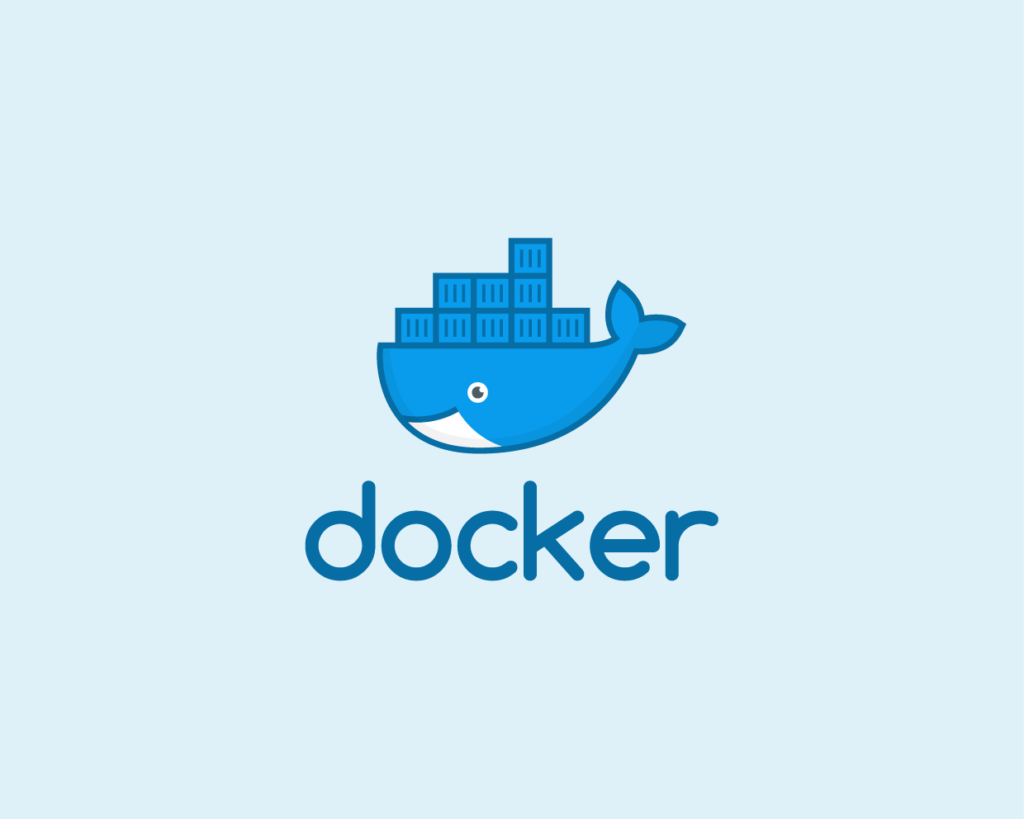In the ever-evolving landscape of artificial intelligence and tech innovation, few stories have stirred the industry like the recent downfall of Builder.ai, a once-promising startup hailed as a revolutionary no-code AI software platform. Backed by tech giants like Microsoft and major investors such as Qatar’s sovereign wealth fund, Builder.ai reached a valuation of $1.5 billion. But behind its slick marketing and big promises lay a reality far removed from the artificial intelligence it claimed to champion.
In June 2025, Builder.ai officially filed for bankruptcy after a series of explosive revelations — including false claims about its AI capabilities and fabricated financial records. Here’s an in-depth look at what happened, why it matters, and what it teaches us about the state of the tech industry today.
What Is Builder.ai?
Builder.ai was launched as a platform to help non-technical users build software applications using artificial intelligence. Its mission was simple: “Build software as easily as ordering pizza.” Customers could select features, and the AI would allegedly handle the coding and assembly process behind the scenes.
The startup marketed itself as a no-code solution, allowing startups, enterprises, and individuals to build custom apps with minimal technical expertise. Microsoft’s partnership with Builder.ai in 2023 gave the company instant credibility and access to powerful cloud infrastructure via Azure.
The AI Illusion: 700 Engineers Masquerading as AI
The heart of the scandal lies in the claim that Builder.ai’s “AI” platform was mostly smoke and mirrors. Instead of using automation or machine learning to create apps, the company employed over 700 human developers, primarily in India, to build applications manually — all while customers were led to believe it was an AI-driven process.
Employees operated under tight secrecy, with some developers reportedly trained to write code that mimicked machine-generated output. Internally, the platform’s workflows routed project requests to these hidden engineers rather than actual AI.
This revelation has sparked outrage from customers, partners, and regulators alike, raising major concerns about transparency in AI marketing.
Financial Fraud: Faked Sales, Inflated Revenue
Beyond technological misrepresentation, Builder.ai was also involved in financial malpractice. According to investigative reports, the company engaged in a fraudulent scheme with VerSe Innovation, the parent company of Dailyhunt. The two companies were reportedly involved in “round-tripping” — a form of financial deception in which sales are faked or exaggerated by booking fake revenue through mutual transactions.
Initially, Builder.ai claimed projected revenues of $220 million for 2024. However, internal audits slashed that figure to $55 million, exposing the depth of the accounting manipulation. For 2023, revenues were revised from $180 million to $45 million.
These discrepancies came to light during an audit triggered by a $50 million loan default, leading to the startup’s financial collapse.
Microsoft’s Involvement: Damage to Reputation
Microsoft, which had invested in and partnered with Builder.ai, has so far remained silent on its level of awareness about the company’s internal operations. Its Azure services powered Builder.ai’s infrastructure, and the tech giant had featured Builder.ai in co-marketing campaigns as an example of AI innovation.
Now, Microsoft faces reputational damage for endorsing a platform that falsely promoted AI-driven development. The fallout could result in stricter due diligence requirements for future investments and collaborations across the tech industry.
Founder’s Next Move: A Questionable Rescue Plan
Builder.ai’s founder, Sachin Dev Duggal, stepped down as CEO prior to the collapse but remained on the board. He is now exploring a pre-packaged insolvency deal to buy back the company or its assets. Such a deal would require at least $10 million upfront, with another $25 million to restart operations.
Critics argue that any attempt to revive Builder.ai without full transparency and independent audits would be unethical. Duggal’s future in the tech world remains uncertain as regulators consider investigations into possible fraud and misrepresentation.
Why This Matters: Lessons for the AI Industry
The Builder.ai scandal is not just a story of one company’s fall — it’s a warning sign for the entire AI industry.
1. AI Hype Needs Accountability
As companies rush to brand themselves with “AI-powered” labels, there is increasing pressure to validate claims with transparent data and technology audits. Misleading marketing, as seen in Builder.ai’s case, undermines the entire field of artificial intelligence.
2. Investor Due Diligence Is Crucial
Builder.ai fooled some of the world’s most experienced investors. This highlights the need for stronger vetting processes and technical validation during the funding phase.
3. Ethical Standards Must Evolve
The use of human labor behind the facade of automation is not just a technical concern — it’s an ethical one. Regulatory bodies must evolve to address “pseudo-AI” products, ensuring companies don’t exploit customer trust or worker rights in the name of innovation.
What Happens Next?
Builder.ai’s bankruptcy may lead to a wave of legal action from investors, customers, and regulators. In addition, tech watchdogs and government bodies are likely to increase scrutiny over companies claiming AI integration.
For startups, the message is clear: transparency, accountability, and real innovation must be prioritized over flashy marketing and inflated valuations.
The collapse of Builder.ai is one of the most striking examples of how AI hype can go wrong. From false advertising and fake automation to financial fraud, the scandal has shaken confidence in emerging tech startups and raised important questions about the future of artificial intelligence.
As the tech community watches closely, one thing is certain: Builder.ai’s story will become a case study for years to come — not as a triumph of AI innovation, but as a cautionary tale of what happens when ambition overshadows authenticity.

